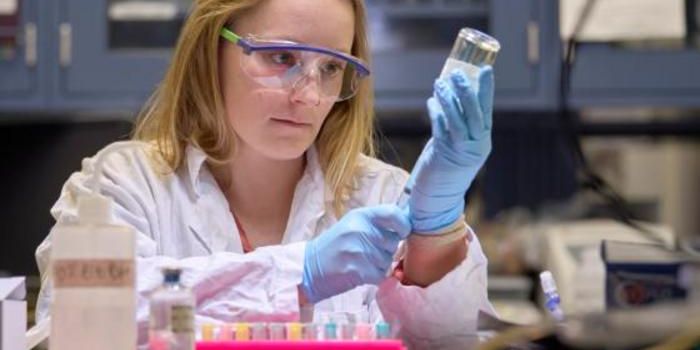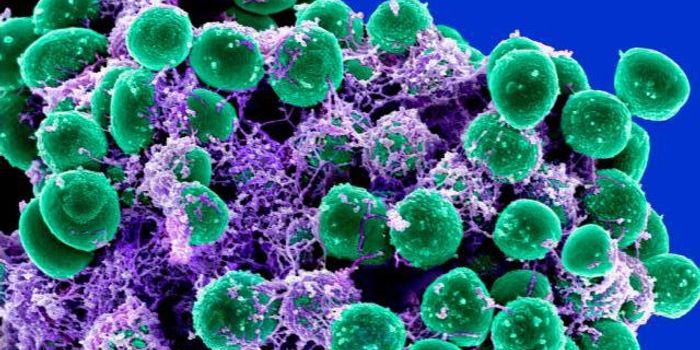Researchers at the University of Minnesota have developed a technique to stop the movement of cancer cells. When cancer moves from a primary tumor to other sites in the body, it becomes far more dangerous to the patient, and that has driven scientists to work for years to learn more about how cancer cells migrate. This work, which was reported in Nature Communications, may help create therapeutics that can prevent cancer from spreading.
When tumors grow in the body, they can create interior networks that cancer cells can use like a highway, ultimately moving closer to blood vessels and other neighboring tissues. When patients have cancerous tumors with a large number of those highways, there is a lower likelihoood they will survive the cancer. One thing that has eluded researchers, however, is knowing exactly how cancer cells are able to find and move along those highways.
The research team at the University of Minnesota was trying to learn more about the movement of breast cancer cells. There have been several hypotheses proposed to explain how cancer cells sense where they are supposed to go, and then move that way (as shown in the first video below). When the research team used a drug to interfere with part of the molecular mechanism hypothesized to drive cell motility, the cells stopped moving as they had been, and began to make an oozing motion instead (shown in the second video below).
"Cancer cells are very sneaky," said senior author Paolo Provenzano, a University of Minnesota biomedical engineering associate professor and a Masonic Cancer Center researcher. "We didn't expect the cells to change their movement. This forced us to change our tactics to target both kinds of movements simultaneously. It's almost like we destroyed their GPS so they couldn't find the highways. This stopped the cells in their tracks. The cells just sat there and didn't move."
For this study, the researchers used an engineered microenvironment that is similar to a microchip. This two-dimensional microenvironment attempts to model how the cells would behave as if they were part of a tumor. It also allows researchers to perform their experiments quickly.
"By using these controlled network microenvironments, we were able to test hundreds of cell movement events in hours compared to one or two in the same time frame by imaging a tumor," said the first author of the report, Erdem Tabdanov, a biomedical engineering postdoctoral researcher at the University of Minnesota.
The researchers are planning to conduct similar studies on other types of cancer. They would like to start animal studies, and then move to human clinical trials if the results are positive. They want to know more about the side effects the drugs cause, and how they interact.
"Ultimately, we'd like to find ways to suppress cancer cell movement while enhancing immune cell movement to fight the cancer," Provenzano said.
Sources: AAAS/Eurekalert! via University of Minnesota, Nature Communications









